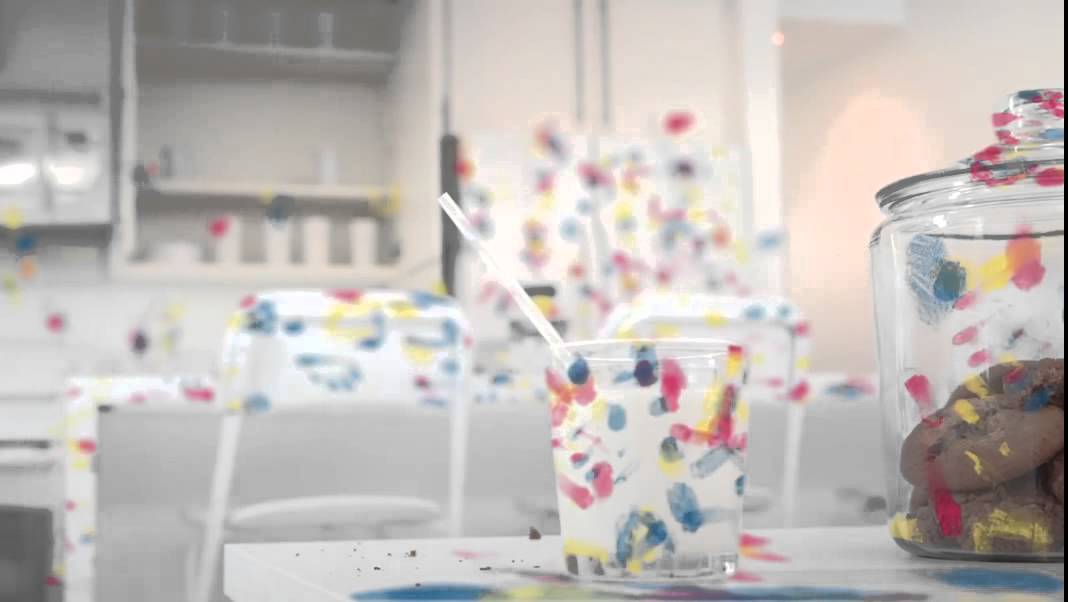How Long Can Germs Live on Surfaces?
With cold and flu season in full swing, germs are getting plenty of press. Reports on the potential dangers of antibiotic-resistant superbugs mingle with discussions of the effectiveness of vaccinations and various other medical interventions. While germs may be too small to be seen with the naked eye, encountering them can have a major impact on your health, and these microscopic menaces can lie in wait on a wide array of common surfaces. How long can germs live on surfaces? And what can you do to protect yourself and your health?
When germs are on the prowl, no place is safe. Buses, commuter trains, rental cars, and private vehicles transport both people and virulent germs. Retail establishments, health clubs, educational institutions, restaurants, hotel rooms, and even cruise ship cabins can shelter germs. In fact, practically anything that you touch can expose you to germs, putting your health at risk. According to the National Health Service, the lifespan of a germ varies depending on the type of germ and the surface that it is on. How long can germs live on surfaces? Below we explore a few common examples.
COLD GERMS
The common cold is a frequent source of misery. A variety of viruses can trigger it, and like other viruses, cold germs tend to survive for longer periods on hard, nonporous surfaces like desktops and handrails. On suitable indoor surfaces, cold germs can linger for days, but fortunately they rarely remain infectious for more than 24 hours. Cold viruses can also thrive on the skin, but their survival time there is generally measured in mere minutes or hours.
INFLUENZA GERMS
Viruses that cause influenza can survive in the air as droplets for hours and live on hard surfaces like phones and keyboards for up to 24 hours. Infectious flu viruses clinging to a tissue can last for about 15 minutes, but viruses on the hands tend to fade quickly. Most will be only a minimal threat after five minutes. It may be a small window of time, but influenza germs don’t warn you of their presence and can make you very sick if you’re unlucky enough to encounter them when they’re infectious.
NOROVIRUS GERMS
A highly contagious virus that triggers stomach cramps, vomiting, and diarrhea in those unfortunate enough to catch it, a norovirus can spread through small droplets that travel through the air before settling on surfaces like elevator buttons, table tops, and clothing. While they don’t thrive as successfully on porous materials like tissues and fabrics, noroviruses can survive on hard surfaces for days or weeks if the conditions are favorable.
MRSA GERMS
Methicillin-resistant Staphylococcus aureus (MRSA) bacteria, the culprits behind dangerous MRSA infections, are unfazed by many of the antibiotics that are effective in combating other staph infections. Like viruses, these germs tend to survive for shorter periods on porous surfaces than they do on nonporous ones, but they’re capable of living for days or weeks on surfaces if the circumstances are right.
PROTECTING YOURSELF FROM GERMS
Everyone has seen it. If you’ve worked in restaurants or other public venues, you may even have wielded it: the dreaded wet, grey rag. Habitually passed over tabletops between customers with a few desultorily swipes, it is an obviously inadequate weapon when it comes to eradicating germs. But what is required to disinfect a surface?
DISINFECTING BASICS
If you want to kill the germs lurking on a surface, you need to choose an appropriate disinfectant. You also have to apply it properly. That means saturating the surface with enough of the germ-fighting chemical to get the job done and ensuring that there’s enough contact time (time when the chemical is on the surface) to allow it to eliminate any germs present.
EFFECTIVE DISINFECTING
It’s a simple fact: Surfaces like tabletops, door knobs, bus seats, workout equipment, and steering wheels are likely to be harboring germs. While you can do your best to limit contact, making it through the day without touching anything is impractical.
Fortunately, for things that go in your mouth, there’s Tasty Clean - read the benefits and interesting facts of using Tasty Clean below:
#TastyClean vs Germs

Tasty Clean boasts a clinically tested formula that was proven to kill up to 99.9% of common germs in 3rd party laboratory testing.
Get the FAQ’s below:
Because Tasty Clean is all natural and does not use preservatives or harsh chemicals, the ingredients (like grapefruit seed extract and apple cider vinegar) may separate. If you see orange or yellow particles in your bottle don’t be alarmed, it’s all natural. Just shake well before use.
Not meant for drinking, but wouldn’t hurt you if you did. All of the ingredients found in Tasty Clean are food grade ingredients that you would find in a wide variety foods and beverages. Clinically tough but chemical free, so there is no need to worry if it gets in your mouth (or your child chugs a bottle because it’s so tasty).
Tasty Clean boasts a clinically tested formula. We all know the benefits of apple cider vinegar for health purposes and especially when it comes to cleaning. Both are backed by scientific research. Apple Cider Vinegar is one of the main ingredients in Tasty Clean and has been used as a natural antibacterial solution for thousands of years, but modern technology has lead us away from the good old natural remedies. No harsh chemicals required.
Simply spray the item liberally, wait at least 30 seconds then wipe or shake off the excess. For extremely soiled objects, it is recommended to let the formula work longer (up to 5 minutes). No need to wipe or rinse off the safe to ingest formula, it is now tasty and clean.
Directions for cleaning a retainer, mouth guard or other orthodontic devices: Spray the device at least 5 minutes before use, let it air dry and then put it in your mouth.
So many things! Here are some of the things we have used it on, but the list goes on!
baby bottles and sippy cups, toys, pacifiers, utensils, sports mouth guards, night guards, retainers, dentures, woodwind musical instruments, candy that has fallen, fruit, phone and tablet screens (spray a cloth or towel then wipe the phone down), Children’s faces, hands, highchairs, eye glasses…OK its a long list but you get the idea!

